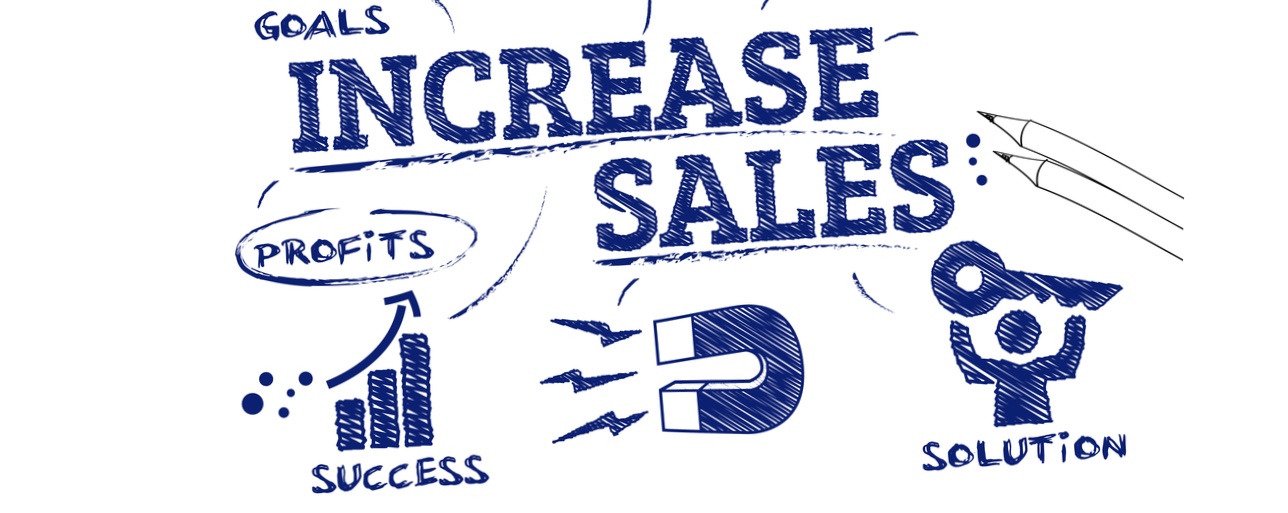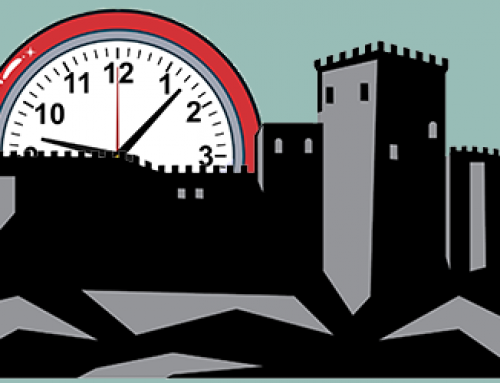One of the most important rites of passage that your company will go through on your way to developing a scalable sales system is developing a sales process. A repeatable, trainable, scalable sales process is the one thing that can take your company from mediocre to meteoric. Here are a few simple rules to use when developing a sales process for your company, and a few resources that can help you out.
1. Establish Specific Terminology. This may seem obvious, but one of the important reasons for defining a sales process is to enable more efficient communication. If everyone in your organization is speaking the same language, efficiencies will increase. If you have a few members of the team; ask them to describe the process. You might be surprised at how many different versions you get. One of the most important parts of establishing a Sales Process is to give each term a very specific definition. And then make sure everyone knows that definition. If you do not have a written document that gives a definition for each term that is available to each sales person, start there.
2. Identify major milestones along the way. Pay particular attention to the difference between “Sales Stages” and “Sales Actions”. It is important to separate Sales Stages from Sales Process Steps or Actions that are taken in a Sales Process.
a. Sales Stages: Think about sales stages like this: If you had all of your prospects in separate folders and they all fell on to the floor and landed in a big mess, if you were to organize them, how would you organize them based on where they are in the process. What stacks would you put them in? The stacks that you put your prospects into are your sales stages. If you remember 5th-grade English, you can think of a Sales Stage as a “Noun,” a person, place, or thing. One of our favorite places to start is with a sales process terminology coined by Patrick Henry Hansen in his Book DNA Selling. (download form or link to book)
b. Sales Actions: Things that need to be done to move a prospect from one Sales Stage to another Sales Stage. In 5th grade English terms these are usually “verbs”, or action words. For example, in order to move someone from “Pending” to “Closed-Won” I would need to “get payment”. Once this response happens, they would immediately be moved into the next bucket. Actions usually do not make for good sales stages.
3. Simplify as much as possible, and no less. Determine reasons for separating Sales Stages and Action Steps. Don’t overcomplicate your Sales Stages by turning every action step into its own Sales Stage. Most companies can get by with just a few stages. Ask yourself a few simple questions:

Here is an example of Sales Stages, and how Sales Actions connect them.


a. What is the purpose of each stage? The most common mistake we see in people designing sales processes is to turn every action step into a Sales Stage. If you don’t have at least one Sales Action within a Sales Stage, there is a good chance you are looking at a Sales Action and not a Sales Stage.
b. Who is doing the work at that Sales Stage? There can be, and often are multiple Sales Actions that happen “within” a Sales Stage. Group these Sales Actions within the Sales Stage. If there is a handoff in the workflow from one person to another or one department to another, a separate Sales Stage is most likely correct?
c. What reporting do you want? Do you want to track how many deals made it to Stage 3 but stopped before Stage 4? If so, you will need to make sure each of those points is represented. Sales forecasting is usually brought in as a reason for separating Sales Stages, but often times it can be solved with a simple “Forecasted or Not-Forecasted” status and win probability.
4. Train your team. Once you establish a defined sales process in your organization you need to make sure that everyone understands the process and uses the consistent vocabulary. This training can be a one time kick off event or new hire training and should also include ongoing training and references to the established process. Examples of this ongoing training are making sure that use the established terminology in your regular sales meetings, pipeline reviews. Put your sales process on the walls. The more you can immerse your team in the terminology & definitions, the more likely they will be to all use the same definitions.
To make things easy for you, we have included some downloadable templates that can help you go through this process.
Download Sales Process Example Download Blank Version [PDF]






